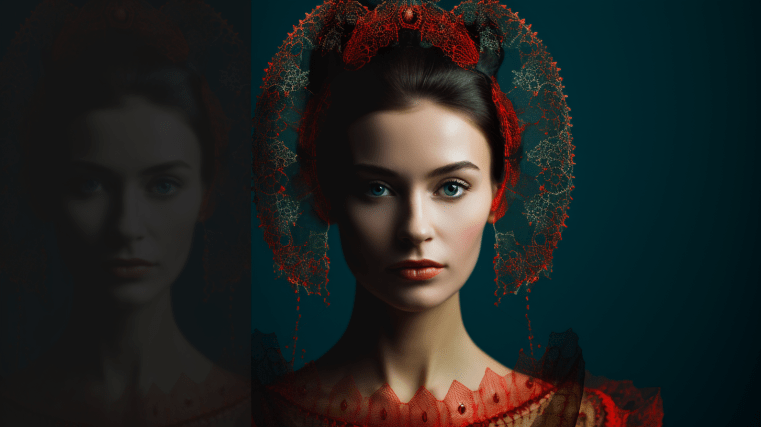Photo was created by Webthat using MidJourney
The Growing Threat of AI Image Manipulation
As advancements in artificial intelligence pave the way for hyper-realistic image generation and manipulation, concerns over potential misuse loom large. Technologies like DALL-E and Midjourney allow even inexperienced users to effortlessly create high-quality images from simple text descriptions, opening the door to both innocent alterations and malicious changes. The risks range from market manipulation and public sentiment deception to personal image blackmail and staged false crimes. To address this pressing issue proactively, MIT’s Computer Science and Artificial Intelligence Laboratory (CSAIL) researchers have developed “PhotoGuard,” a cutting-edge technique that uses subtle perturbations to disrupt AI models’ ability to manipulate images.
PhotoGuard in Action: Unveiling the Two Attack Methods
AI models perceive images differently from humans, viewing them as complex mathematical data points representing every pixel’s color and position – the latent representation. PhotoGuard employs two distinct “attack” methods to introduce minuscule alterations to this mathematical representation. The first, called the “encoder” attack, targets the image’s latent representation in the AI model, causing the model to perceive the image as random and making manipulation nearly impossible. The second method, known as the “diffusion” attack, optimizes perturbations to align the generated image with a desired target image. These imperceptible perturbations serve as a robust defense against unauthorized image manipulation.
Illustrating the Power of the Diffusion Attack
To better understand the diffusion attack, consider the analogy of an art project. Imagine an original drawing and a completely different target drawing. The diffusion attack involves making tiny, invisible changes to the first drawing so that, to an AI model, it begins to resemble the second drawing. However, to the human eye, the original drawing remains unchanged. By doing so, any AI model attempting to modify the original image inadvertently makes changes as if dealing with the target image, effectively protecting the original image from intended manipulation.
The Role of Collaboration in Tackling Image Manipulation
PhotoGuard is a promising tool in the fight against image manipulation, but it is not a panacea. Once an image is online, malicious individuals could attempt to reverse-engineer the protective measures by applying noise, cropping, or rotating the image. To combat this, a collaborative approach involving model developers, social media platforms, and policymakers is crucial. Policymakers could consider implementing regulations mandating companies to protect user data from manipulations, while developers of AI models could design APIs that automatically add perturbations to users’ images, adding an extra layer of protection against unauthorized edits.
Challenges and Future Directions
While PhotoGuard shows potential, designing image protections that effectively resist circumvention attempts remains a challenging problem. As generative AI companies commit to immunization mechanisms, it is essential to ensure these protections withstand motivated adversaries and future advancements in AI models. Companies developing such models must invest in engineering robust immunizations to safeguard against potential threats posed by AI tools. The quest for protection must be an ongoing effort as we venture into this new era of generative models.
Conclusion – Towards Potential and Protection
In the face of ever-advancing AI image manipulation, PhotoGuard offers a promising step towards safeguarding against misuse. By disrupting AI models’ ability to manipulate images through subtle perturbations, the technique preserves visual integrity while protecting against unauthorized edits. However, collective action is crucial to tackle this issue comprehensively. A united effort involving model developers, social media platforms, policymakers, and researchers is necessary to create a robust defense against image manipulation, ensuring both potential and protection in the world of AI.


